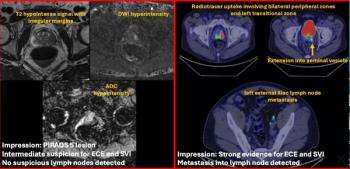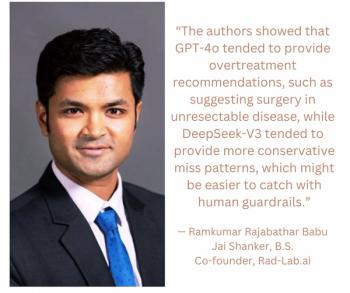
Rads Split on Use of Structured Reporting
Structured radiology reports promise clearer, more consistent reports that could improve communication with referrers and perhaps even boost productivity. But, if not implemented right, the system may slow radiologists down and limit report flexibility.To that end, radiologists seem split on using structured reports. In a recent, unscientific poll of Diagnostic Imaging readers, we found that about half of radiologists (47 percent) reported not using structured reports. A third (33 percent) use them for only routine exams, and 20 percent use them for all exams.Where do you stand? The poll is still open (with 319 votes at the time of this reporting), so tell us what you think.
Newsletter
Stay at the forefront of radiology with the Diagnostic Imaging newsletter, delivering the latest news, clinical insights, and imaging advancements for today’s radiologists.




























